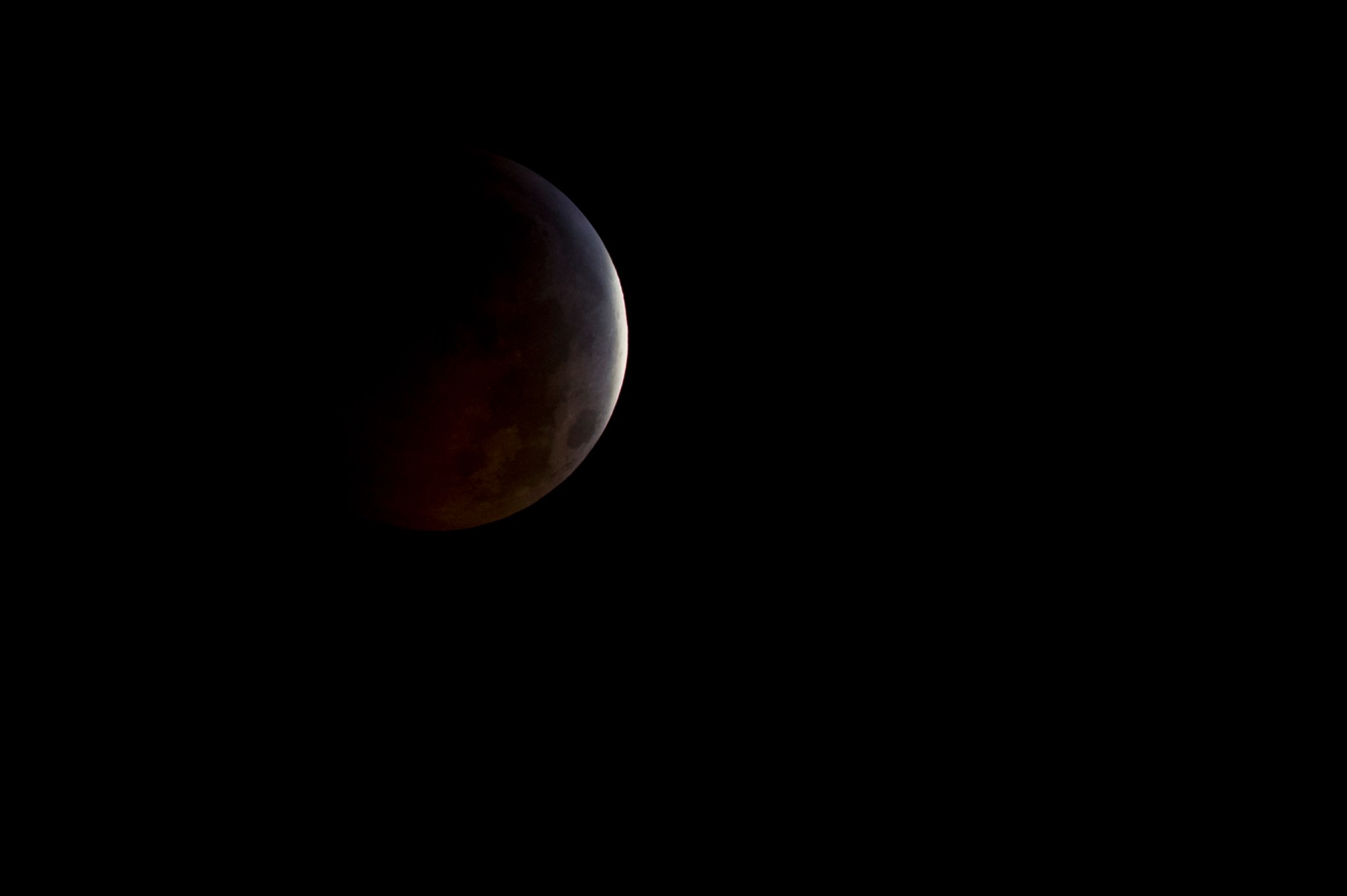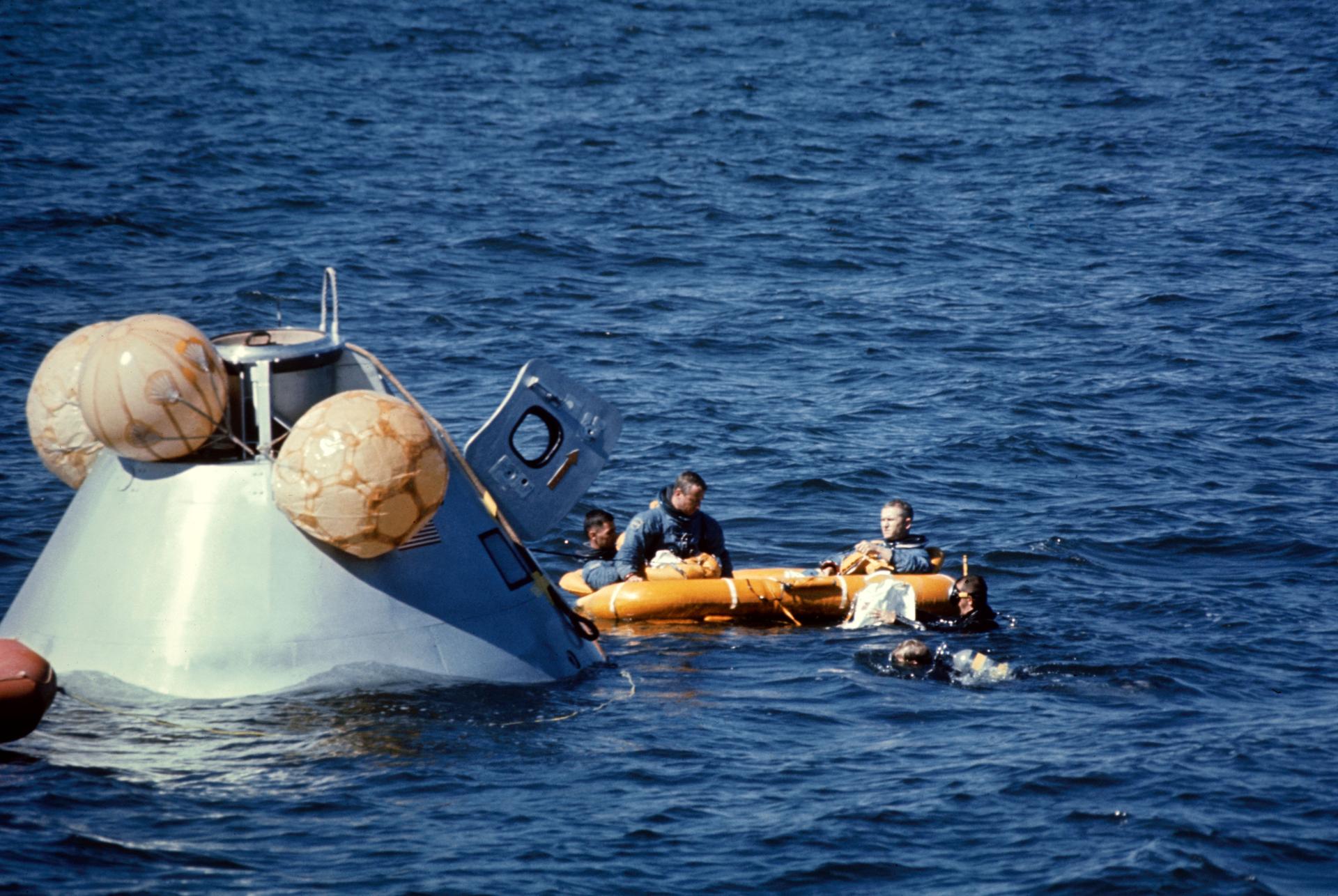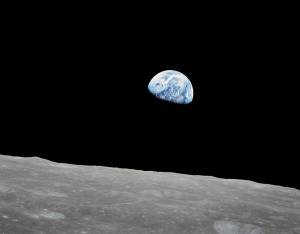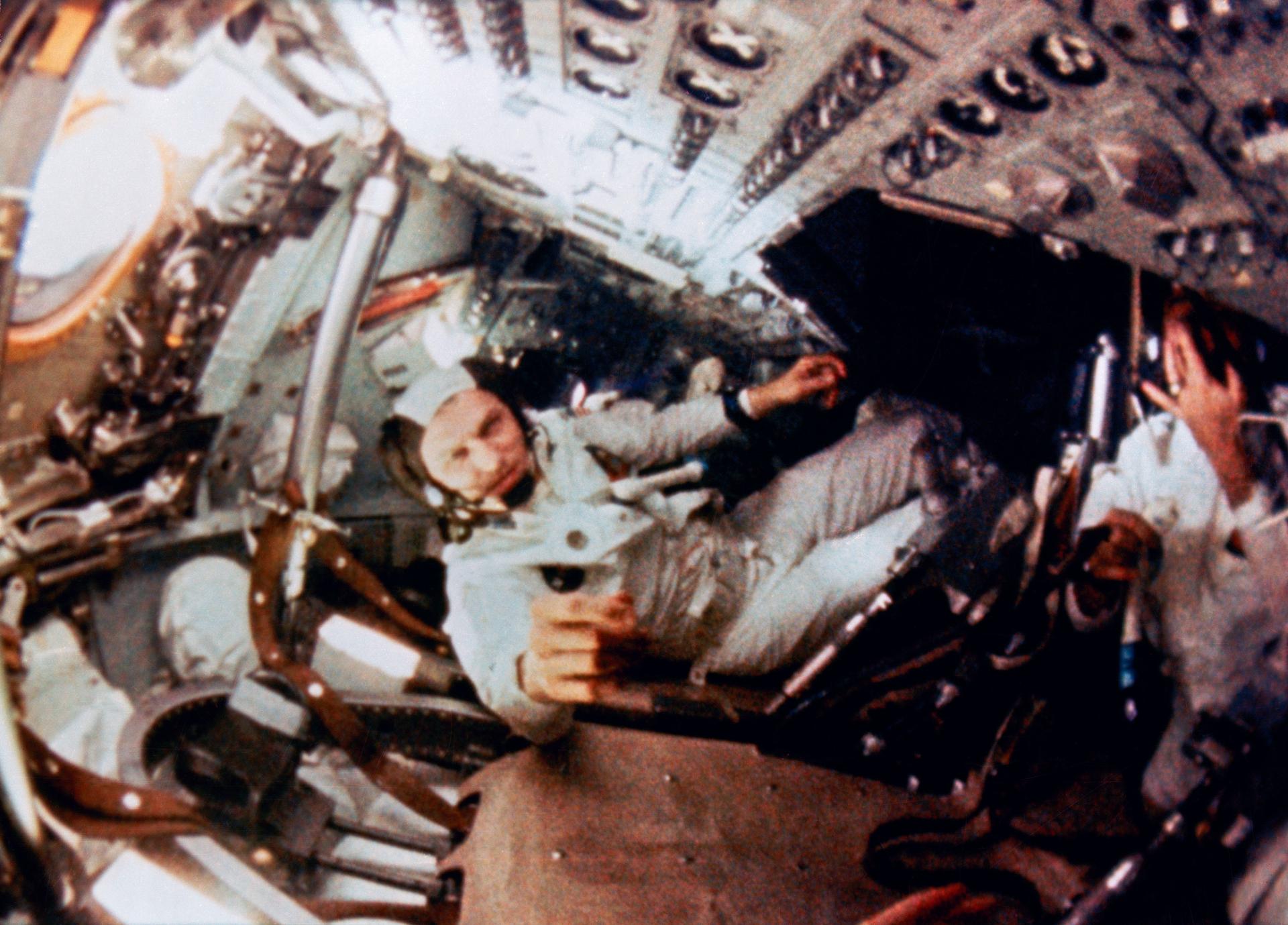Part 4: The Return
Part 3: The Far Side
Part 2: In the Beginning There Was Liftoff
Part 1: To the Moon and Back
Half a century ago, Apollo 8 ushered in a new era of space exploration. The missions that followed in close succession would herald these breakthroughs in science and in engineering prowess with drama and color. They would bring a cornucopia of knowledge about the Moon, the origins of our solar system, the nature of our universe, the history of our Earth and even the history of life. In addition to tangible, scientific assets gained from Apollo, the mission brought some degree of unification to a nation fractured by conflict at home and abroad.
Flash forward 50 years, and humankind is still learning from these landmark missions, using the data gathered from the Moon and the instruments deployed there to plan our next grand endeavor: Orion, which will travel to the Moon, to Mars and beyond. For years we have mapped the Moon for future landing sites using missions like Lunar Prospector (1998) and the Lunar Reconnaissance Orbiter, or LRO. LRO has also preformed dozens of other experiments over its lifetime that will help NASA put humans back on Earth’s large, gray-speckled satellite.
The crew aboard Apollo 8 got the first close up view in history (67.4 nautical miles [108.5 kilometers] on nearest approach) of the lunar surface and took the highest quality photos available at the time. We have come a long way since then, building on our database of knowledge through new missions and revisiting old data from these original pioneers.
David Williams is a lunar scientist at NASA’s Goddard Space Flight Center in Greenbelt, Maryland, and works on a project that aims to restore and investigate data from the Apollo program. “The only long-term data we have from the Moon is this data from Apollo,” said Williams. “Now, we can put it into a digital format and use modern computers to analyze it. When we go back and take a closer look at it, we are actually able to learn new things with this old data!”
Though the Moon may be a beautiful object at which to gaze, it also holds secrets of Earth’s development, as well as that of our solar system. Earth’s atmosphere protects us from all manner of dangerous radiation, meteorites and other debris from space. The Moon does not have this buffer, and is instead directly affected by objects in deep space acting on its bare surface.
“The Moon is essentially a fossil,” said Ernie Wright, a media specialist at Goddard Space Flight Center’s Science Visualization Studio. “All of the geological history of the Earth that has been erased by weather or people is still present on the Moon. The Moon can tell us about the evolution of the Earth, what the Earth was originally made of, and how the chemistry of life has changed our planet’s surface.”
“The idea now, looking back on this data, is that we can look for things we’ve never looked for before,” said Williams. During the Apollo era, “we thought the Moon was dead, no water, no movement of dust. Now we find that the Moon is actually this dynamic system…we’re looking at the data differently.”
As NASA turns its attention to putting human explorers on the Moon once again, both new and old data will be used to choose landing sites and to decide what new instruments the next generation of astronauts should carry with them. Apollo 8 and later missions could not make observations about the Moon’s space environment or complex geology, a gap that LRO and missions like Clementine, LADEE, GRAIL, ARTEMIS and M3 have been able to fill. The Moon is our nearest neighbor and therefore the first stepping stone to deep space exploration.
“We can use the Moon as a practice ground before going further,” said Wright. None of the Apollo missions observed the Moon’s poles, areas that have prompted a growing curiosity among lunar scientists. “We think that the poles might have water,” said Wright, “so those could be possible future landing sites for the Orion missions.”
Comparing data from these satellites to photos from Apollo 8 and later missions, we can see where new craters have formed as a result of meteorite collisions. We can also see areas that are permanently illuminated by the sun’s light and those in permanent shadow. “If we needed solar power during our next Moon landing,” Wright said, “we would know where to put the arrays.”
Scientists are studying our Earth-Moon system to better understand our home. But they also want to know how unique our situation is. Are there other systems like ours out there somewhere? Is a Moon somehow essential to the successful development of life on its parent planet? How could we learn to survive without a protective atmosphere like Earth’s?
Missions like LRO and its predecessors have done much of the preliminary work to begin finding answers to these questions, but the next phase is people, out there with human eyes and brains exploring our local neighborhood. Apollo 8 advanced this harrowing journey to the beyond. The mission splashed down after a six-day odyssey, but the broader campaign for exploration is just beginning. “There is a human spirit, there is a human need to get out there and explore,” said Williams. “And I just don’t think we can deny that.”
Related Links
- Part 1: To the Moon and Back
- Part 2: In the Beginning There Was Liftoff
- Part 3: The Far Side
- Part 4: The Return
- Part 5: Apollo 8 and Beyond – The Next Epoch

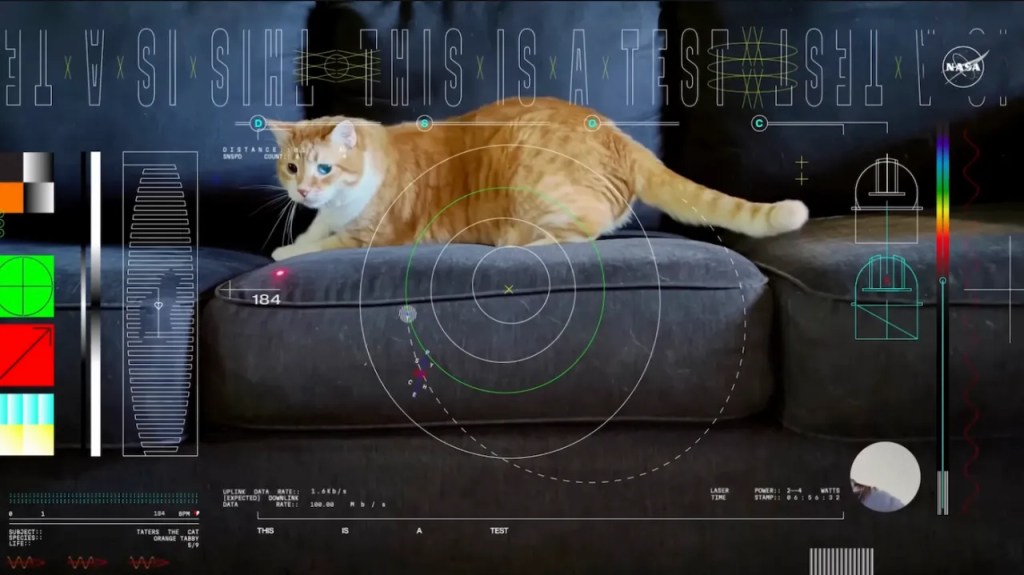
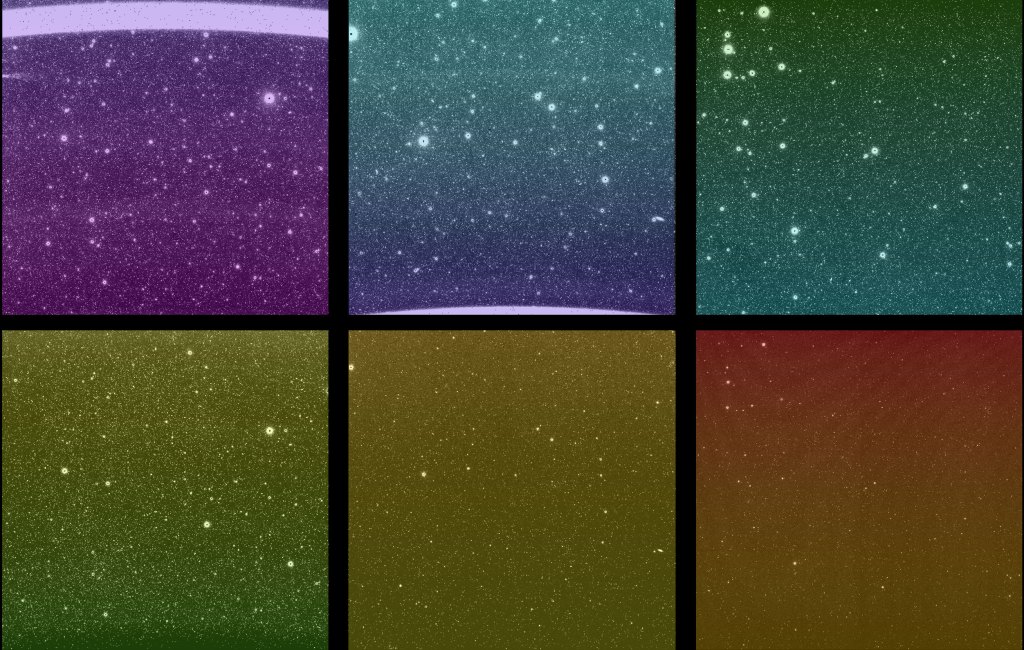
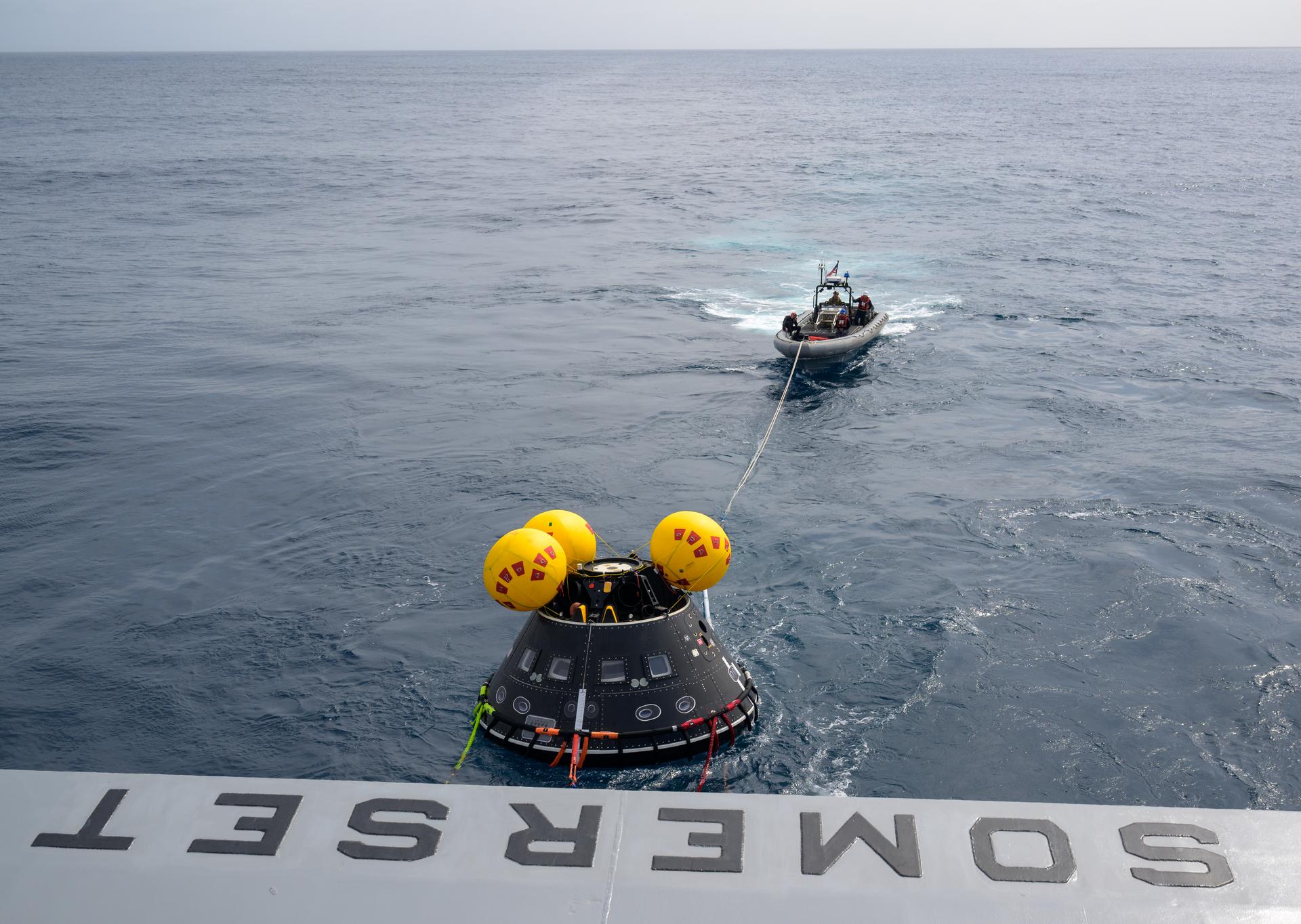

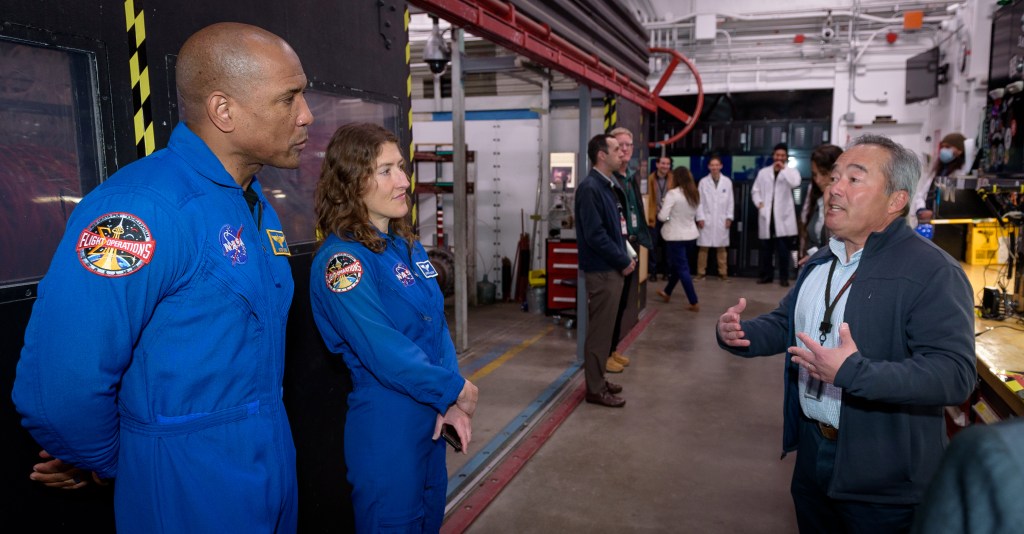







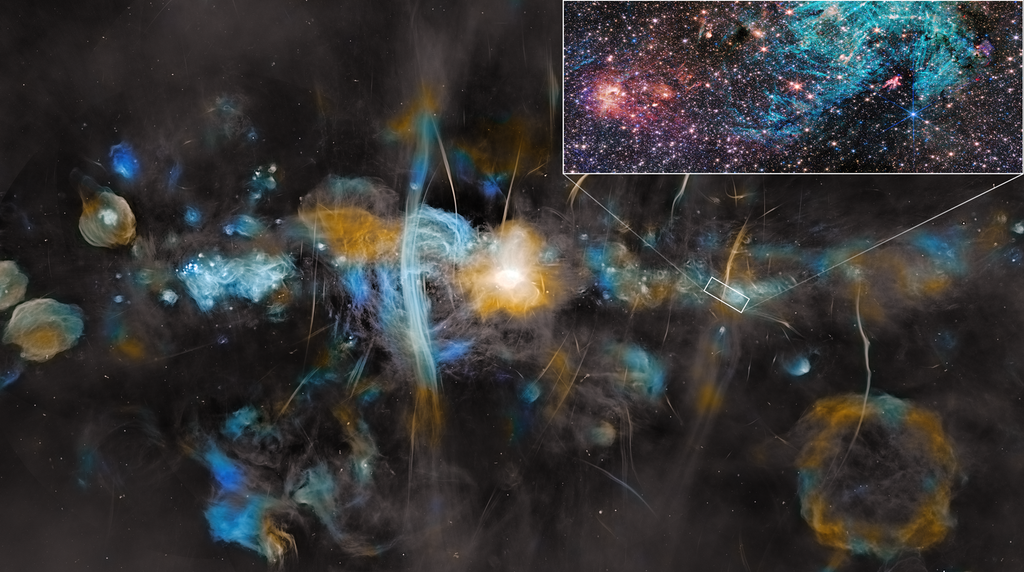

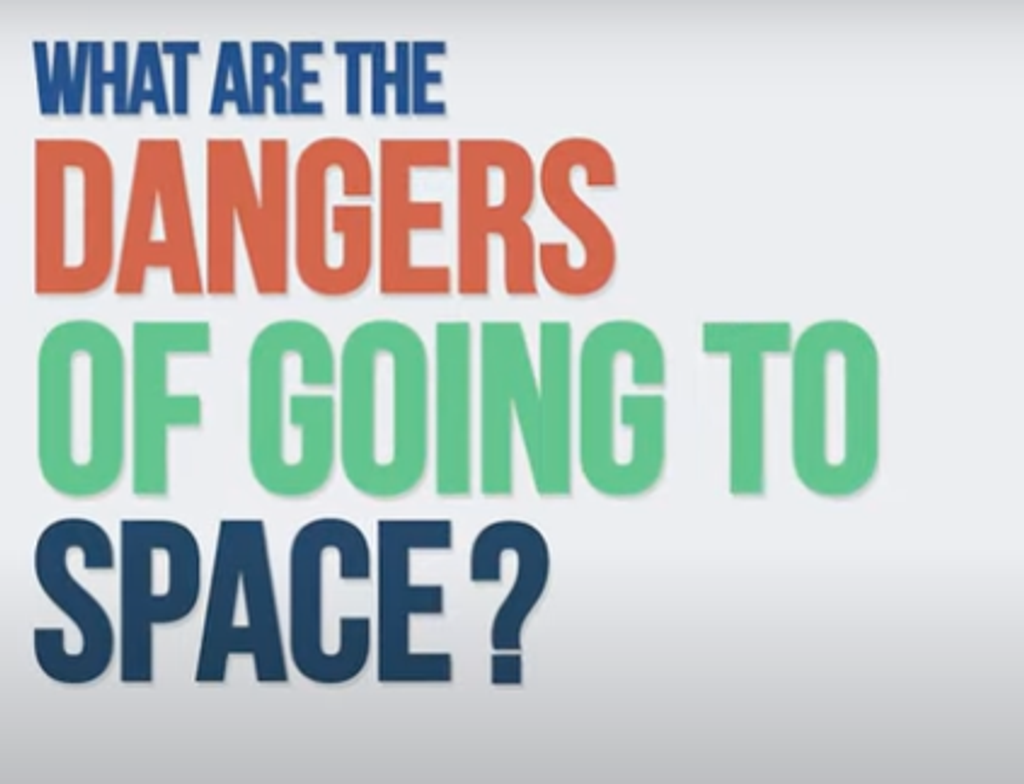
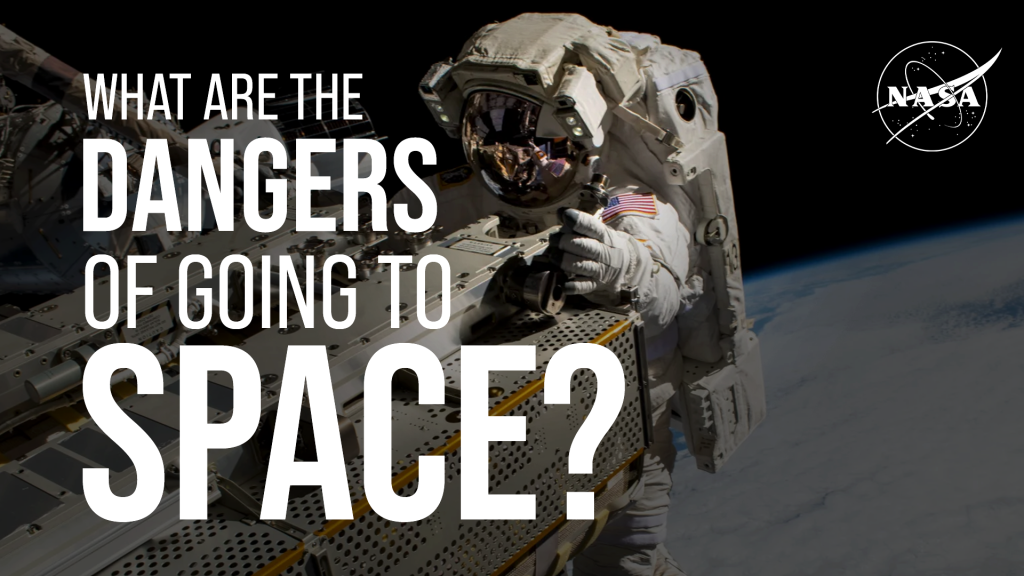
/quantum_physics_bose_einstein_condensate.jpg?w=1024)











